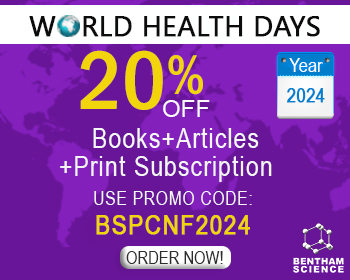Abstract
Atopic dermatitis (AD) is a genetically determinated, chronic inflammatory skin disorder associated with cutaneous erythema and severe pruritus, affecting 10-15% of children with increasing incidence and socio-economical relevance. Frequently, AD is associated with development of allergic rhinitis and/or asthma later in childhood. In most of patients AD is associated with a sensitization to food and/or environmental allergens and increased serum-IgE, while only a fewer percentage missed links to the classical atopic diathesis. Currently investigated pathogenetic aspects of AD include imbalanced Th1 / Th2 responses, altered prostaglandin metabolism, intrinsic defects in the keratinocyte function, delayed eosinophil apoptosis, and IgE-mediated facilitated antigen presentation by epidermal dendritic cells. An inflammatory response of the two-phase-type and the effects of staphylococcal superantigens (SAgs) are also reported. At present a standardized cure of AD and a consensus on therapeutical approach of the severe form of the disease have not been established. Current management of AD is directed to the reduction of cutaneous inflammation and infection, mainly by S. aureus, and to the elimination of exacerbating factors (irritants, allergens, emotional stresses). Since patient with AD show abnormalities in immunoregulation, therapy directed to adjustment of their immune function could represent an alternative approach, particularly in the severe form of the disease. In this review, we analyse the clinical and genetic aspects of AD, the related molecular mechanisms, and the immunobiology of the disease, focusing our attention on current treatments and future perspectives on this topic.
Keywords: atopic dermatitis, clinical aspects, molecular mechanisms, therapeutical approach

























